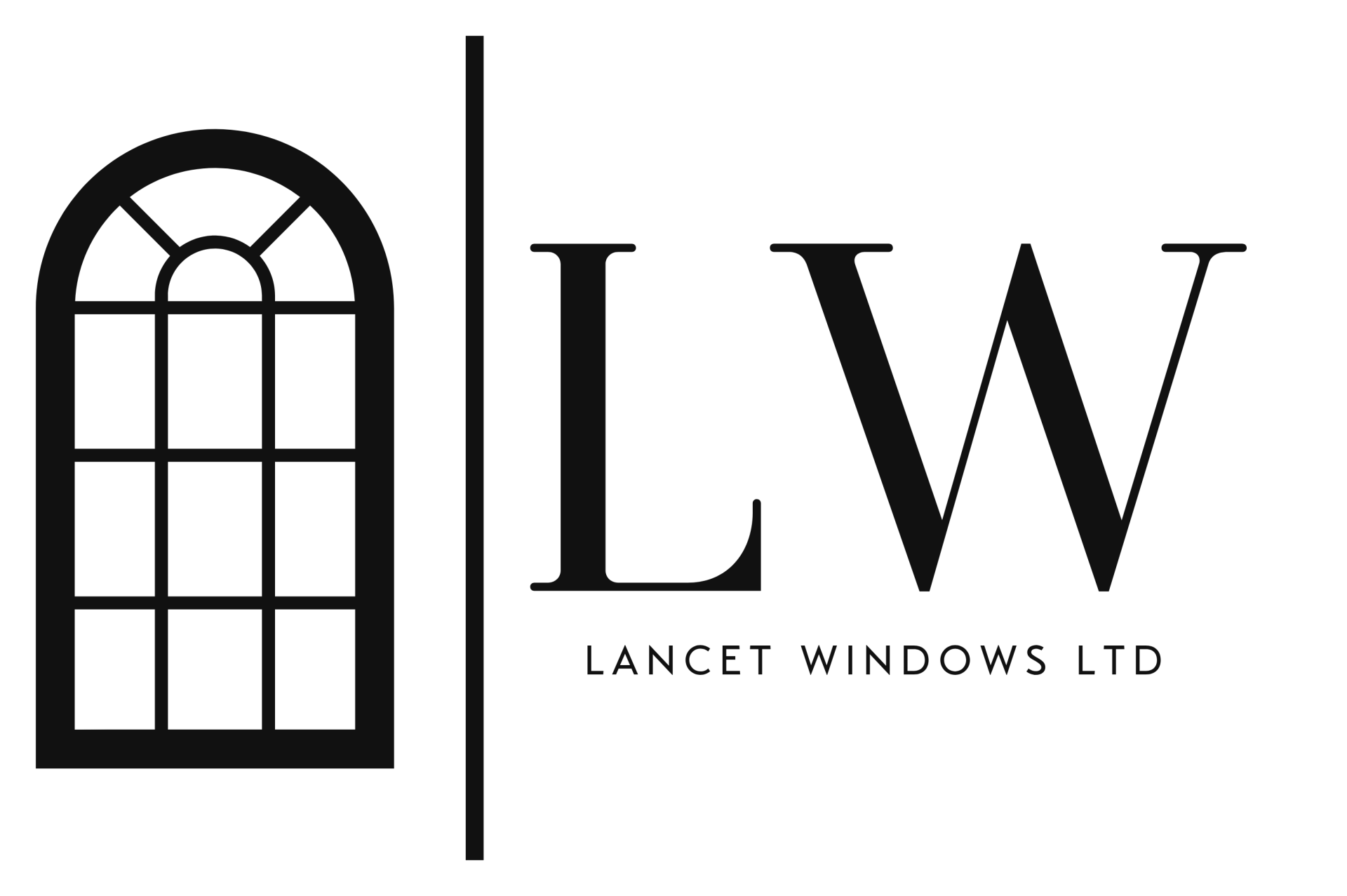Trendy Designs in Composite Doors: 2025 Looks to Watch Out For
The latest trends in composite doors reflect a sophisticated understanding of contemporary living, where style meets substance in remarkable ways. These emerging designs showcase how modern manufacturing techniques enable homeowners to achieve premium appearances while maintaining the durability and security that composite materials provide.
Bold Color Palettes and Statement Finishes
The 2025 design trends for composite doors embrace bold color choices that move beyond traditional offerings. Deep forest greens, rich burgundies, and sophisticated charcoal tones are gaining popularity among homeowners who want their entrance to make a memorable first impression.
These dramatic colors work particularly well with contemporary architectural styles while adding character to more traditional properties. Textured finishes have become increasingly sophisticated, with manufacturers developing surfaces that closely mimic natural materials such as aged wood grain, brushed metal, and even stone textures.
These advanced finishing techniques allow composite doors to achieve authentic appearances that were previously impossible with synthetic materials. The ability to combine bold colors with realistic textures gives homeowners unprecedented design flexibility.
Minimalist and Contemporary Aesthetics
Modern composite doors increasingly feature clean lines and uncluttered designs that align with contemporary architectural preferences. The minimalist approach emphasizes geometric shapes, sleek hardware, and unadorned surfaces that create sophisticated, timeless appearances.
These designs appeal to homeowners who appreciate understated elegance and prefer their entrance to complement rather than compete with their property's architectural features. Large glass panels have become central to contemporary composite door designs, maximizing natural light entry while maintaining security and energy efficiency.
These expansive glazed areas often feature geometric patterns or subtle etching that adds visual interest without compromising the overall minimalist aesthetic. The integration of smart glass technology.
Traditional Designs with Modern Enhancements
Classic design elements continue to influence composite doors trends, but with significant modern enhancements that improve both appearance and performance. Traditional paneled designs now incorporate more sophisticated proportions and detailing, creating depth and visual interest that rivals authentic timber doors.
Advanced manufacturing techniques enable precise replication of traditional joinery details, including raised panels, decorative moldings, and authentic-looking hardware placements.
Period-appropriate styles such as Georgian, Victorian, and Edwardian influences remain popular, particularly for properties seeking to maintain historical authenticity while benefiting from modern materials.
These composite doors combine traditional aesthetic elements with contemporary security features, energy efficiency, and low maintenance requirements that older door styles cannot match.
Smart Integration and Technology Features
The 2025 trends for composite doors increasingly incorporate smart home technology integration that enhances both convenience and security. Built-in video doorbells, smart locks, and integrated lighting systems create seamless technological interfaces that maintain aesthetic integrity while providing advanced functionality.
These features integrate directly into the door design rather than appearing as obvious additions. Biometric access systems and smartphone-controlled locking mechanisms represent the cutting edge of smart door technology.
These systems can be incorporated into composite doors without compromising their appearance, providing homeowners with secure, convenient access control that eliminates the need for traditional keys.
Customization and Personalization Options
The 2025 trends emphasize customized design possibilities that allow homeowners to create truly unique composite doors that reflect individual preferences and property characteristics.
Advanced manufacturing capabilities enable extensive customization options including unusual sizes, specific color matching, and unique hardware configurations that were previously unavailable or prohibitively expensive.

